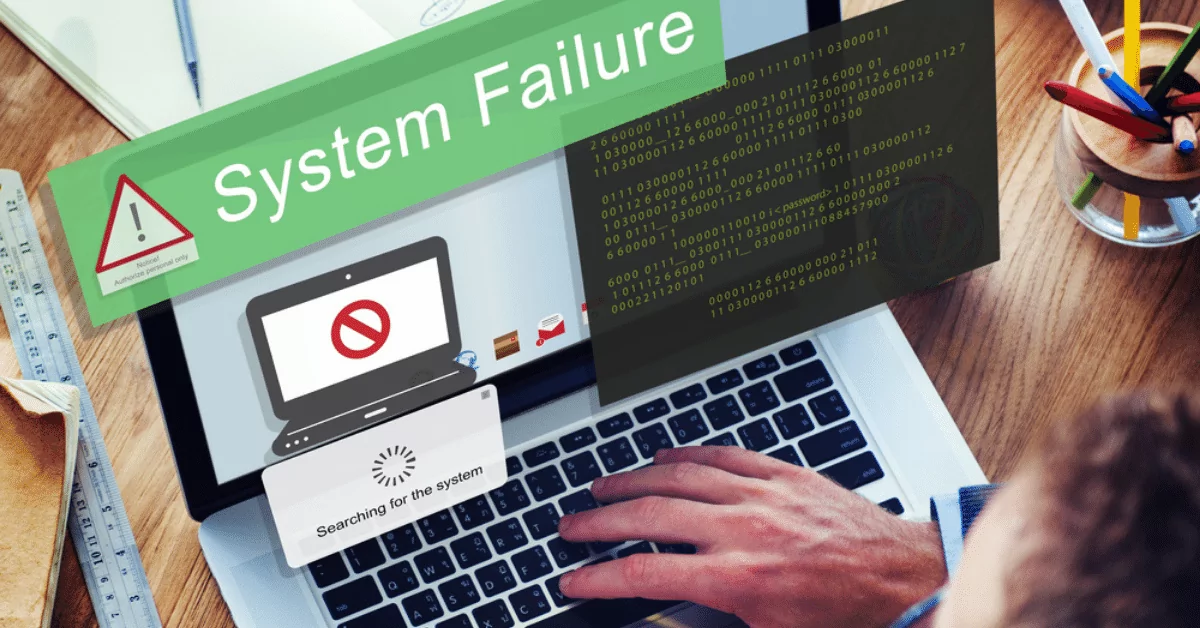We’re regularly advised to deep clean our homes (especially come Spring), but have you ever considered deep cleaning your website? While it might not be susceptible to the usual dirt and grime, your website has no doubt gathered some digital dust bunnies and clutter over the years.
Deep cleaning your website might sound like a big undertaking, but don’t worry – we’ve outlined each of the necessary steps in this guide to help you get started.
Firstly, why should you deep clean your website?
Remember those digital dust bunnies we mentioned? Well, they take the form of broken links, outdated SEO tactics, keyword stuffing, too-large file sizes, and more. While these issues may seem harmless, they can actually cause your website all sorts of damage, including low Search Engine rankings, slow page loading times, far fewer website traffic, and as a result, potentially fewer customers and income than you hope for.

1. Be on the lookout for keyword stuffing
There’s no doubt you want your website to rank for particular keywords relating to your business. But here’s the thing: ‘stuffing’ your website with the same keywords over and over again, in the hopes of gaining an unfair SEO advantage, can push you further down in the search engine results pages (SERPS).
To avoid this penalty, make sure you haven’t:
- Unnecessarily repeated words or phrases
- Added keywords to sections where they are out of context
- Used keywords where they aren’t relevant
- Inserted row after row of the same keyword
As a general rule, your chosen keyword(s) should only appear within 2% of the webpage’s text. To see whether your keyword density is within this threshold, calculate:
(Number of words in copy) / (Number of times keyword appears in copy).
2. Optimize your content
Once you’ve ensured your website isn’t a culprit of keyword stuffing, it’s also vital that an SEO Audit is performed on your existing content to ensure it’s properly optimized. Ensure that you:
- Have determined a list of relevant primary, secondary, and LSI keywords that you focus on within your content (LSI (latent semantic indexing) keywords are terms and phrases that are similar or related to a web page's target keyword. Their purpose is to help search engines better understand the content of the page by adding context and connecting the copy to the target keyword)
- Use a combination of short and long-tail keywords
- Include the webpage’s main keyword in the URL, title tag, image alt tags, meta description, and headings and sub-headings where possible
- Link out to trusted websites where relevant (external links)
- Link to your own related content where helpful (internal links)
- Test all links to make sure they’re not broken and redirect viewers to the intended site
We also recommend that you pay attention to your website’s readability. Ensure that it contains:
- Short paragraphs
- Excellent spelling and grammar
- Simple language
- Imagery to break up the text
- Bullet points and lists
- Headings and sub-headings
- An easy-to-read font and text color
3. Discover new relevant keywords
Like many things, keywords also experience rises and falls in popularity. Rather than optimizing your content for the same keywords each year, ensure you’re seeking out new and relevant keywords to include in your content.
Some of our favorite free tools for discovering new keywords include:
- The Google “Suggest” feature
- Ahref’s Keyword Generator
- Answer the Public
4. Reassess your linking strategies, both internally and externally
Internal links direct viewers to other relevant pages on your website. They help increase the amount of time a visitor spends on your website (therefore reducing bounce rate) and also signal to Search Engines that you have other interesting content worth checking out.
External links, on the other hand, direct your viewers to other websites where helpful and relevant. For example, if you quote research within your content, you should back-up the claims by linking to your source. The quality of these external links can help to boost your own SEO score, so make sure you’re only linking out to high-authority and trusted sites (like those ending in .gov or .edu, for example).
5. Minimize file sizes
If your website contains large file sizes (such as multimedia), then they may cause the site to load slowly for visitors, therefore encouraging them to click away and onto a competitor’s site.

Avoid this issue by compressing any larger file sizes or by saving them in a different quality or format.
6. Identify and fix website errors
There's a long list of website errors that may occur to a website at any time, yet the best way to identify and work towards fixing these is through Google’s free Search Console. It helps you monitor, maintain, and troubleshoot your site's presence in Google Search results, allowing you to keep on top of any errors that may arise.

Need some assistance deep cleaning your website or have any additional questions regarding this topic? We’re here to help, so please contact us today.